Trump Signals No Firings of Fed Chair Powell Amidst Criticism, Trade Tensions Intensify
US President Donald Trump stated unequivocally that he has “no intention of firing” Federal Reserve Chairman Jerome Powell, despite a recent escalation in his public criticism of the central bank’s monetary policy. Speaking from the Oval Office on Tuesday, Trump expressed his desire for Powell to be “a little more active” in pursuing interest rate cuts, signaling a continued divergence between the administration’s economic priorities and the Fed’s current stance.
The President’s comments followed a week of heightened scrutiny, with Trump publicly labeling Powell as a “major loser,” sparking a noticeable selloff in US stock markets, bonds, and the dollar. However, financial markets have since partially recovered from those initial losses. The situation is further complicated by ongoing trade tensions between the United States and China, characterized by reciprocal tariffs and escalating uncertainty regarding global economic growth.
Just days prior, National Economic Council Director Kevin Hassett reportedly indicated that Trump was exploring options for potentially removing Powell from his position, fueling speculation about a possible challenge to the Fed’s independence. During Powell’s tenure, which began in 2017 under President Donald Trump, the Federal Reserve has maintained a cautious approach to rate cuts, citing concerns about inflation despite previously lowering rates by a percentage point late last year. This stance has been a consistent source of friction between the White House and the Fed.
Beyond the immediate issue of interest rates, Trump reiterated his optimism regarding improved trade relations with China, suggesting that tariff reductions are possible if a comprehensive deal can be reached – though not to zero. Earlier on Tuesday, US Treasury Secretary Steven Mnuchin reportedly anticipated a de-escalation of the trade war, acknowledging its unsustainable nature. The ongoing conflict has led to significant economic uncertainty and prompted the International Monetary Fund (IMF) to recently downgrade the forecast for US economic growth this year, citing tariffs as a primary driver of the revision. Trump’s administration has imposed tariffs up to 145% on imports from China, with other countries facing similar levies until July, potentially reaching 245% when combined with existing tariffs. China responded by imposing a 125% tax on US goods and vowed to “fight to the end.” The Global Times, a state-controlled media outlet, has reported commentary suggesting that Trump’s latest remarks reveal an increasing awareness within Washington of the detrimental effects of these tariffs on the American economy.
Following the President’s statements, major Asian stock markets experienced gains on Wednesday, with Japan’s Nikkei 225 rising nearly 2%, Hong Kong’s Hang Seng climbing around 2.2%, and mainland China’s Shanghai Composite remaining relatively stable. US shares also saw a rebound on Tuesday, with the S&P 500 increasing by 2.5% and the Nasdaq rising by 2.7%. Futures markets indicated continued optimism for market performance following the announcement.



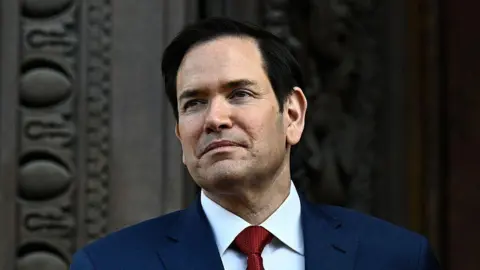

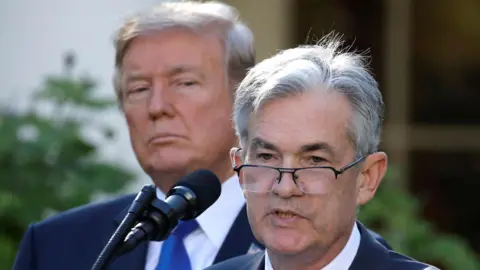
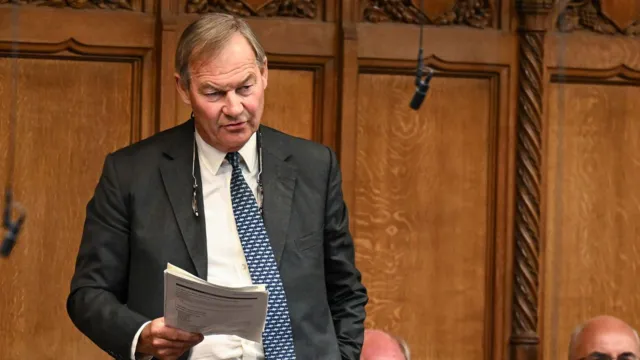
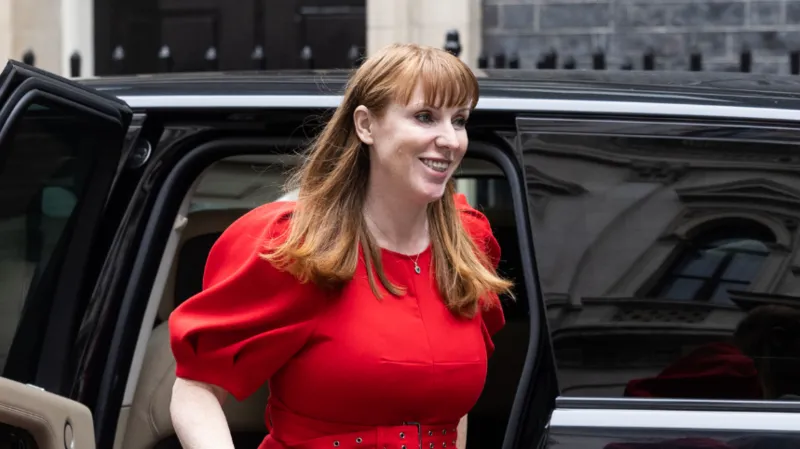
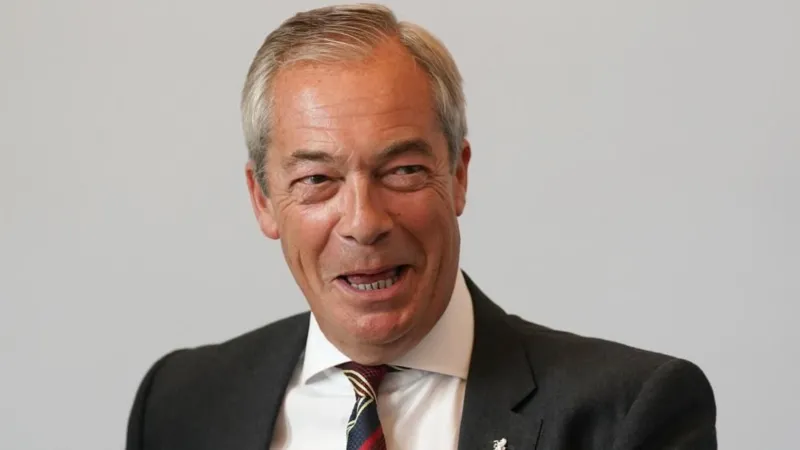
Post Comment